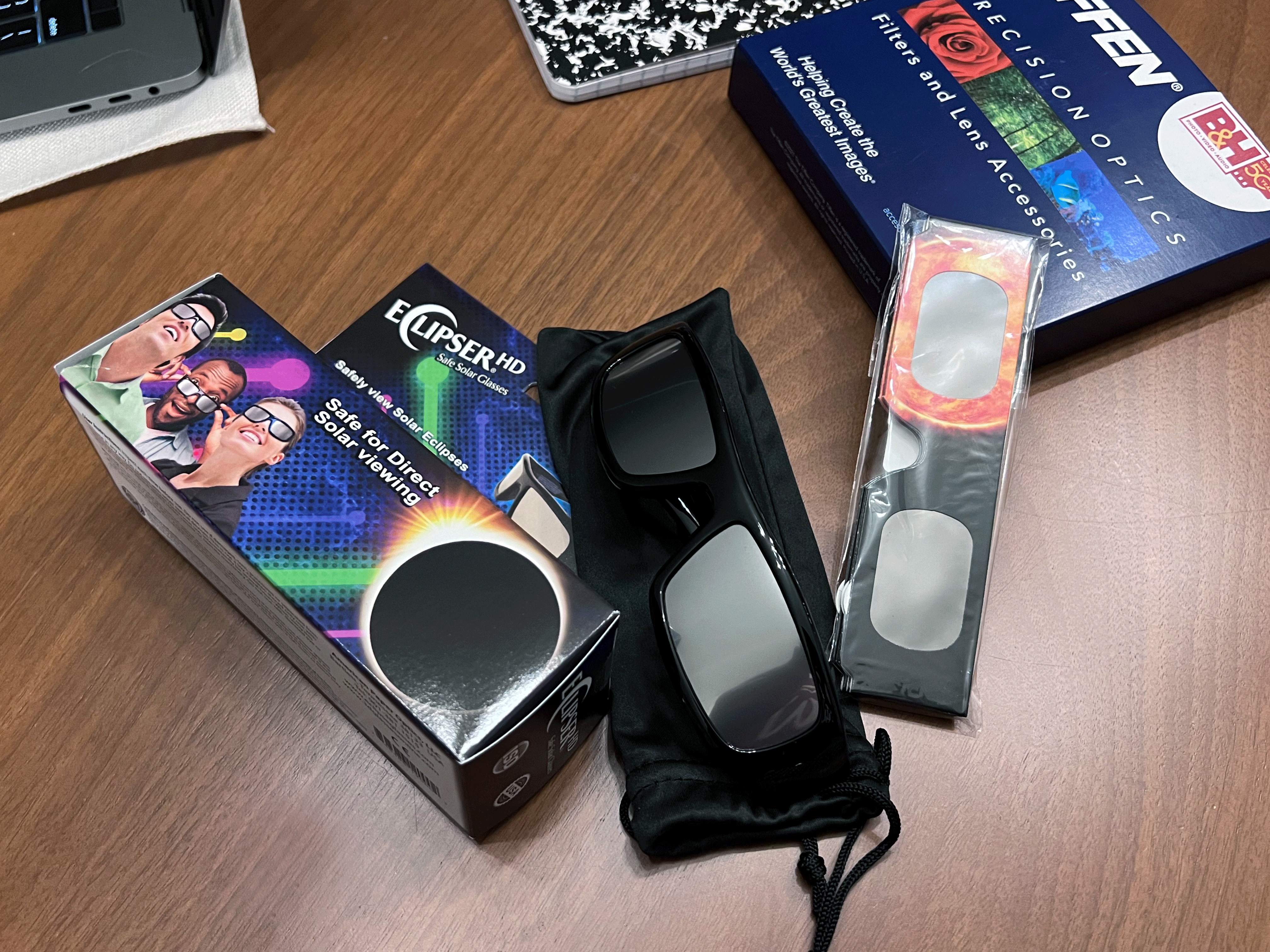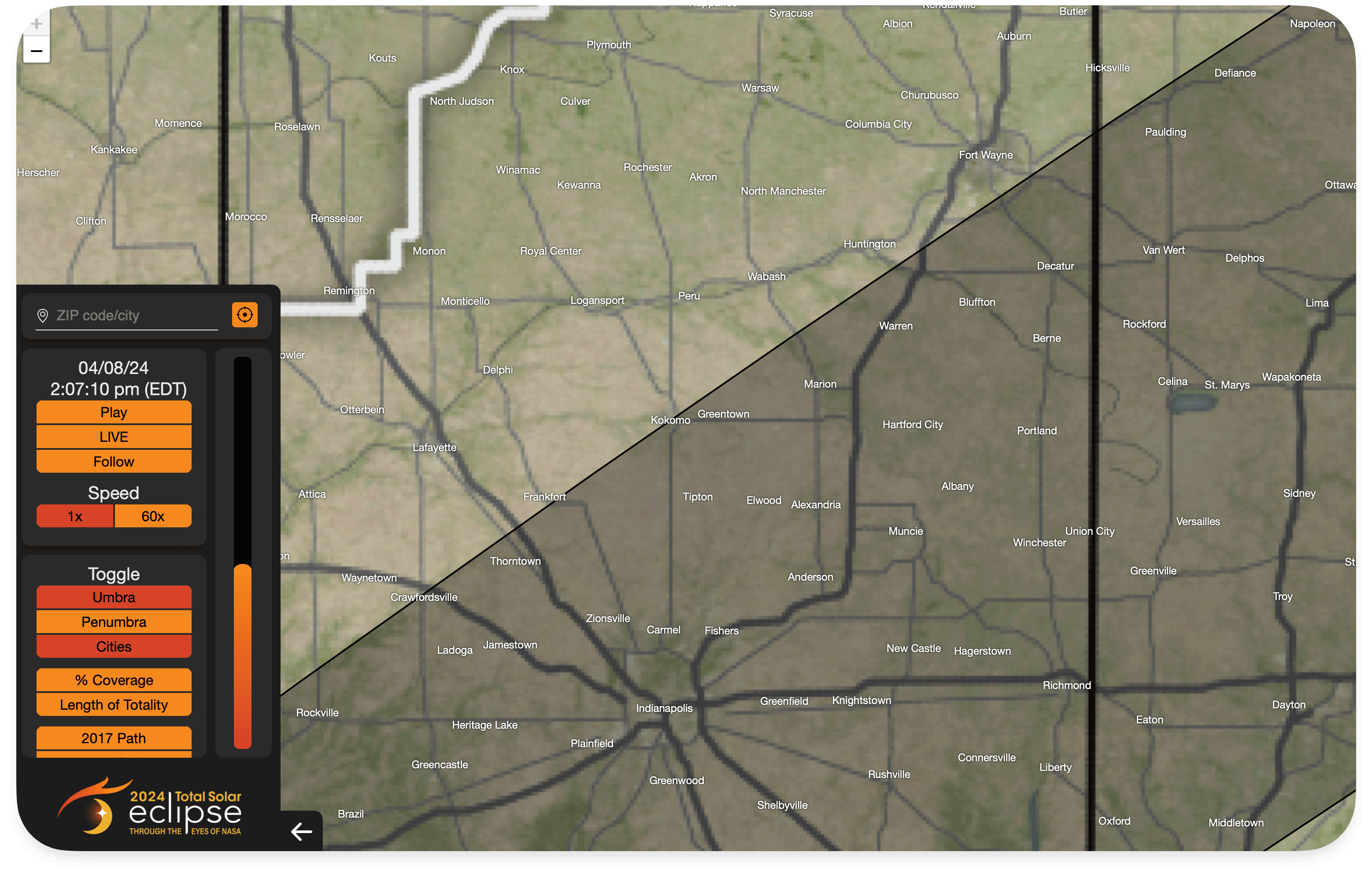
What is it, how do we make it, and does it actually work?
In 1995, a professor named Scott Williams1 at the Rochester Institute of Technology created an alternative method of developing film with items found around the house. He coined this first solution, Caffenol, which as you might have guessed, contains coffee. Over time, many people have modified the original recipe with great success to include tea, red wine, grass and other items mixed with a buffer such as baking soda.
Moving from a store bought developer to a more house friendly organic film developer is not only easier on the budget and better for the environment, it is rumored that older expired films respond better to being developed in these mixtures. Developers sold today do not contain the same ingredients as developers sold 50+ years ago, and trying to source and find the chemicals and correct ratios is a pain. (I am working on creating a large cookbook on this site and links to where you can source the traditional ingredients, and ratios if you prefer the more traditional way).
Lets talk very briefly on how film works

In my opinion, the invention of negative film was monumental. It has allowed the human race to chronologically keep records of the world around us for centuries, and for centuries to come. Whether professionally taking pictures, or regular folks capturing the moments of their lives, film gives us the first hand view of what makes life important for many different people and cultures around the world.
The major component of film is silver halide crystals. These light sensitive crystals are then suspended on to the negative using gelatin emulsion. When light hits the silver halide crystals, it changes the patterns of the crystals, causing clusters. These clusters are your ‘latent image’ or the invisible image of what you are trying to capture.
The development of film causes the clusters of halide crystals (the crystals that were exposed to light), to convert to actual metallic silver and the crystals that were not exposed are washed off the negative strip. So the darker the metallic silver is in areas of your negative, the lighter that area is on your photo, and the areas where there is less metallic structure will be darker areas on your photos.
The Science behind the Caffenol Developer
The processing for developing film will be the same sequences no matter which ingredients you choose to use. A developer activates your clusters of crystals into silver and washes the unexposed ones off the negative. Your stop bath stops the developer from working any further and your fixes permanently sets the crystals into their formations and prevents fading over time. So pretty much, you develop the crystals, stop the development process, and fix those crystals into those little metal structures permanently.
A developer contains 3 main ingredients: p-aminophenol, a PH Buffer / accelerator and water.

P-aminophenol (4-Aminophenol)- The basis to most commercial black and white film developers and more commonly marketed under the name Rodinal. Rodinal was patented in 1871 and is the oldest, still available developer sold today.2 P-aminophenols can be found as the building blocks as many other organic compounds. Acetaminophen or Tylenol for example, is a very close relative that can be found in most peoples homes.
Rodinal has 2 ingredients in the solution, a-aminophenol and potassium hydroxide. Potassium hydroxide is a salt that acts as an accelerator and also as a buffer. The accelerator speeds us the chemical reactions that develop film and help bring the contrast rage of the negative into appropriate levels for development. The Potassium hydroxide also adjusts the PH of the solution, as the developer needs to be at a specific PH level for the reaction to occur.
With the 2 ingredients above, the last step is to mix with water to create the correct solution based on the types of black and white film you are developing and the outcome of contrast you are looking to create.
Scott Williams’ Original RIT recipe for Caffenol3:
Coffee Two (2) Rounded Teaspoons (Instant)
Baking Soda Two (2) Rounded Teaspoons
Potassium Hydroxide Added to pH 9.0
(approximately One (1) Rounded Teaspoon)
Water 12 oz. or 352 milliliters
Temperature 85 F
Time 25 minutes
Agitation Every 30 seconds by inversion
Now that we have covered the basics on commercial purchased developers, let’s look into how a caffenol developer works.
For the coffee, there is no need to purchase the expensive version. The original MIT recipe used Juan Valdez4 instant coffee, and I happen to be a coffee snob, so I have Juan Valdez beans and instant coffee already in my kitchen cabinet. In this case, the strongest, cheapest instant coffee will get you the best results. Remember, you are using it as photo developer, not drinking it, if it is bitter and nasty like airplane coffee, you’re on the right track. It’s not the caffeine in coffee that develops film, it is the caffeic acid.
Potassium Hydroxide acts as the accelerator, interacting with the caffein acid in the coffee, reducing the developing time.
Developing film needs to occur at a specific PH, and by adding baking soda, it will act as a buffer and let you adjust the PH of your developing solution. You will want to add just enough of the baking soda to increase your PH to 9.
A couple of other tools you may need if you don’t presently have them in your kitchen or photo lab:
Glass or plastic graduated beaker (I prefer glass as it does not stain). The set that I have linked from Amazon has a few different sizes. You have the larger beaker for mixing the solution and the smaller beakers to measure individual ingredients. Having the correct measurement of all the different ingredients will ensure that your solution will work.
PH Strips– you need to have an accurate measurement of the PH of your solution, if the PH is wrong, your development will be wrong
Thermometer (I prefer the non-digital old school glass kind)
Small digital scale to measure out ingredients. This recipe has the ingredients listed in teaspoons, but other recipes across this site can have grams listed. Having an inexpensive scale to correctly measure your ingredients is key to developing success.
Glass or Porcelain measuring spoons– As with all of my equipment, I prefer porcelain or glass due to the simple reasons that it will not stain and it will not corrode. In this recipe, we are using everyday household ingredients, so you can use your regular kitchen measuring spoons. But, if you are going to browse more recipes here on our site, I recommend glass or porcelain spoons due to their non-reactive properties with other various chemicals we will be using later on.
Preparing Your Caffenol Solution
In mixing the solution, you’re going to want to measure out the water first, and then add the baking soda. I recommend using distilled water, as well water and city water have additional minerals or chemicals that could give you unfavorable results. The temperature of the water / your solution needs to be 85 F. My lab is in the basement of my house, I have a hot plate down there and a heating blanket, which all work well for heating water and trying to keep the solutions warm. Unlike store purchased developers, Caffenols have a resting time and an extended developing time, so you’re going to have to try to keep it warm. Stir both the water and the soda until well combined, then add the potassium hydroxide. Keep staring until it is well mixed and there are virtually no bubbles. Last, add the coffee and continue to stir to ensuring everything is mixed and there are no mirco bubbles in the solution. At this point your caffenol is mixed and and it is a good idea to let it sit for about 10 minutes just to make sure that the bubbles at the top of the solution have a chance to break down. Smells nasty, right? That’s how it is supposed to smell, that’s the smell of developing! Remember, Caffenol is a one use solution, meaning you’re going to mix the amount you need each time, you cannot premix and store and you have to use this right away. The chemical reaction process that is occurring when you mix everything together will last a maximum of 35-45 minutes. Make sure you have everything prepped and ready to go once you start mixing. Sometimes I struggle with getting certain films out of the canister and onto the reel, so I always have my film ready to go prior to mixing the solution.
Caffenol Developing process
At this point, your film is in your canister, and solution has set for approx 10 minutes in hopes that all the bubbles have settled down.
- https://www.rit.edu/directory/sawppr-scott-williams ↩︎
- https://en.wikipedia.org/wiki/Rodinal ↩︎
- https://people.rit.edu/andpph/text-coffee.html ↩︎
- As an Amazon associate, I earn commission from purchases made ↩︎













